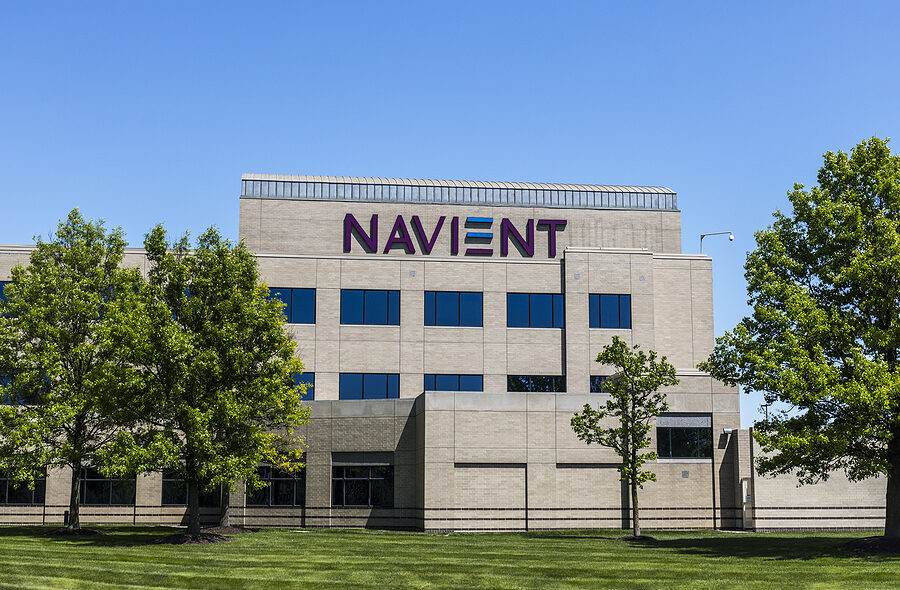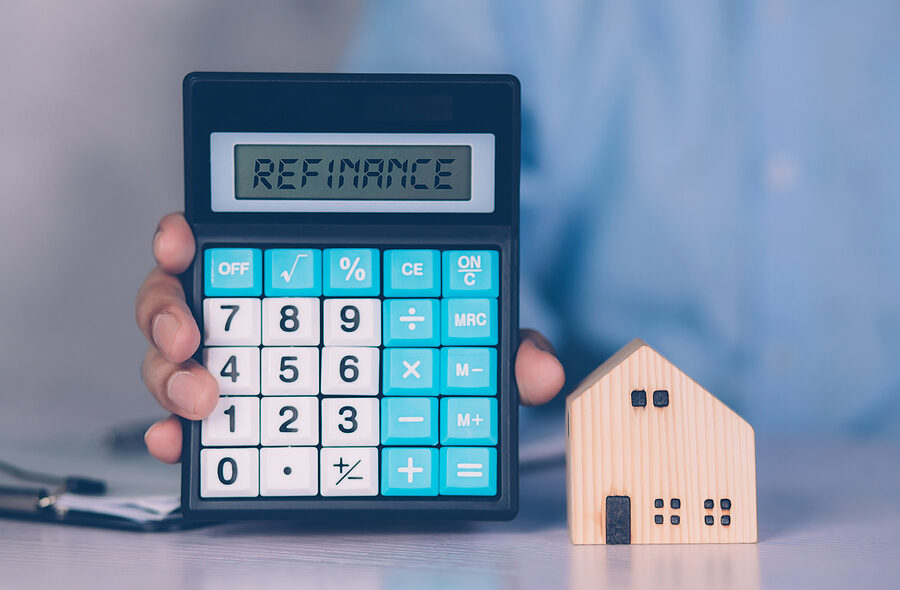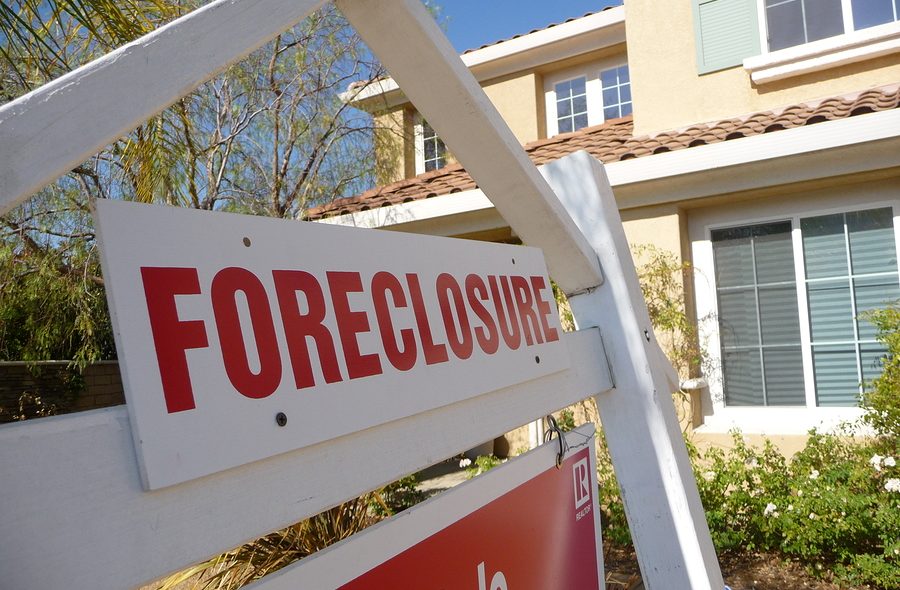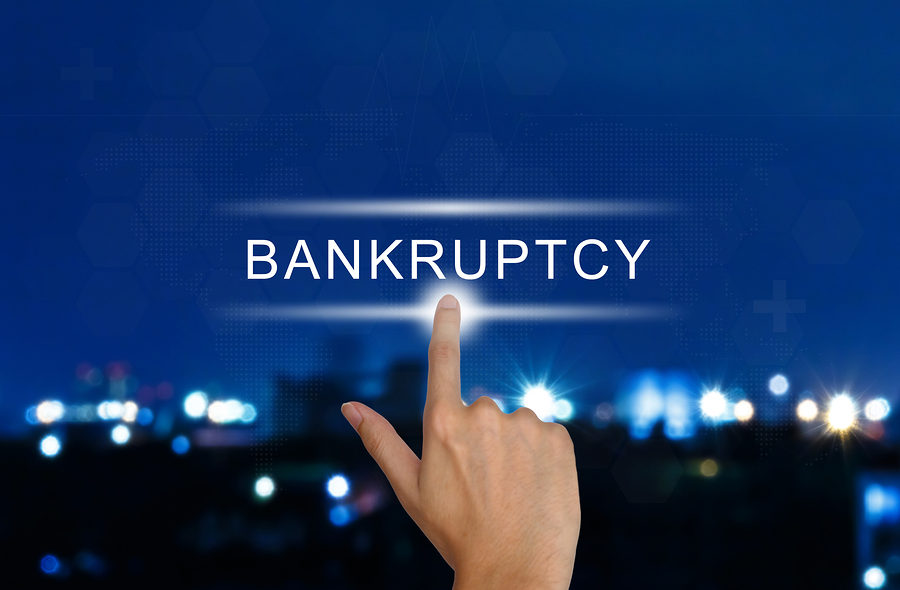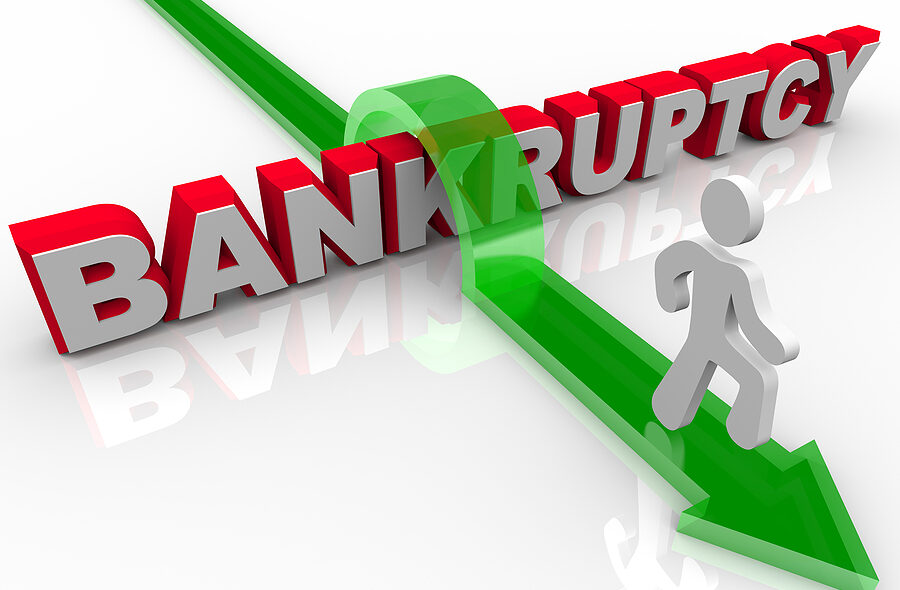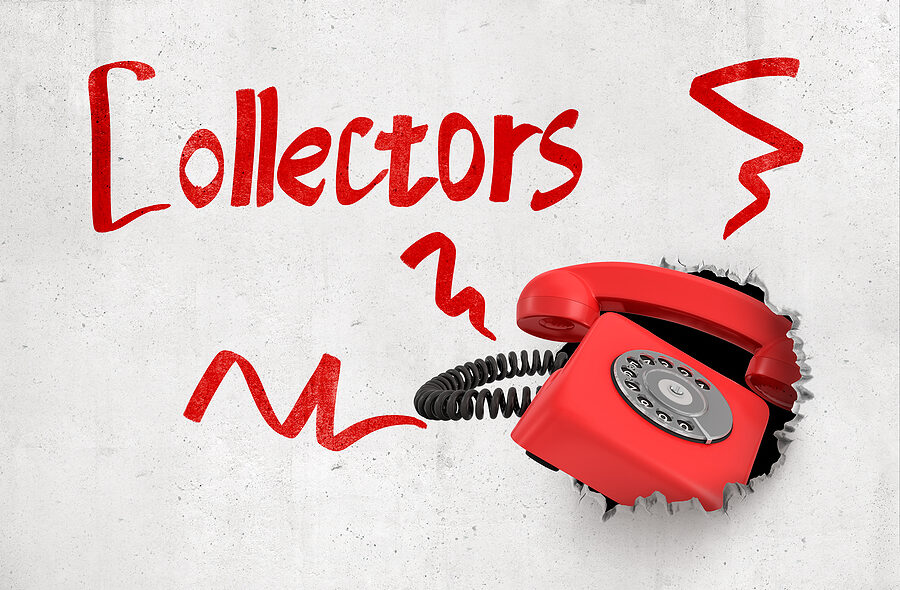Navient has announced that it will no longer service federal student loans. The company is one of the largest servicers for the U.S. Department of Education. Navient has a massive $1.7 trillion oustanding in its student loan portfolio.
The decision leaves around 6 million borrowers waiting to be matched with a new lender. With a transition of this magnititude, problems are likely to occur. Here are a few things borrowers should do now if their student loans are getting reassigned to another lender.

